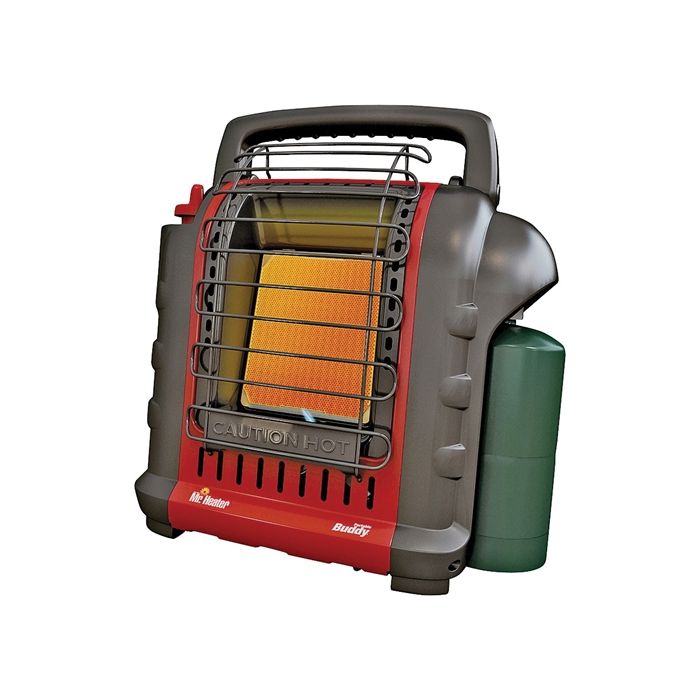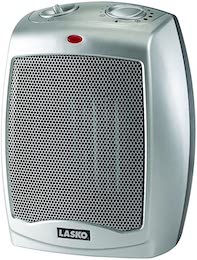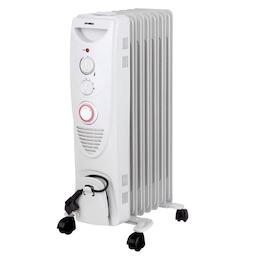This winter is supposed to be pretty harsh. Of course, we’ve all heard that one before, but it does get damn cold this time of year. Your boat likely has a reverse-cycle heat pump HVAC system. These systems require the water temperature to be at least 42°F in order to function. As the air gets colder, so too the water temps, and it won’t be long before your onboard HVAC ceases to provide heat.
Typically this isn’t a problem for most people, as most will have already winterized their boats and left them until next season. However, if you are a live-aboard or “extended stay” type person, this means you need to use an alternative method for heating. Beware though, some of these methods can be dangerous for you and/or your precious vessel. Let’s explore a couple:

Mr Heater Gas Buddy
This is a pretty popular heater, and it really puts out the heat! You simply connect a propane canister or a larger tank, and crank it up! You will be toasty in no time. These heaters are great for your back deck and cockpit, but you DON’T want to use this inside your cabin. These guys burn with an open flame, and can actually burn off all of the oxygen inside your cabin. That’s unfortunate because you need oxygen to live. You don’t want to crash for the night and then never wake up again, right?
These types of heaters are very popular, and they tend to sell out pretty fast, but if you are lucky, you can pick one up on Amazon!

Ceramic-Style Heater
These guys are electric space heaters, and they work ok. You plug it in, crank it up, and wait for the heat to spew out. Some of these types have a thermostat too, so they will shut off as the temperature gets where you want it. This type of heater is typically very inexpensive, but they really love to suck down that electricity, so prepare your wallet at the end of the month!
Also, when using one of these heaters, you never want to plug it into an extension cord. These types of heaters like to draw a lot of amps, and can quickly melt or burn up that extension cord. Also, your boat’s electrical wiring may not be as robust as your home wiring, and you could end up burning up the wiring behind your boat’s electrical outlet. This could easily end up in torching your boat and ruining your day, so beware! You can snag one of these heaters pretty much at any store, or over at Amazon as well.

Radiator-Style Heater
This is one of our favorites. It is a space heater, but instead of directly heating an element, this type of heater contains oil. The heater heats the oil and that heat then radiates out via the fins. Like the ceramic heater, this type also has a thermostat that turns it off as it reaches the desired temperature. These guys really put out the heat, and in a lot of cases, you may only need one to heat your whole boat! Go get one from Amazon!
Just like the ceramic-style heaters though, you never want to plug it into an extension cord. These types of heaters don’t suck down the amps quite as bad as the ceramic-style, but it’s still enough to melt or burn up that extension cord. We like a good bonfire in winter just like anyone else, but it’s probably best if your boat isn’t the source of that fire!
Regardless of which type of space heater you end up using, PLEASE make sure you follow these simple rules:
- NEVER plug them into an extension cord
- NEVER leave them turned on when you are away from your boat
- NEVER leave them cranked up on High for long periods of time
- NEVER use an open-flame heater inside your cabin
Use these heaters responsibly, and winter may suck just a little less this year!


